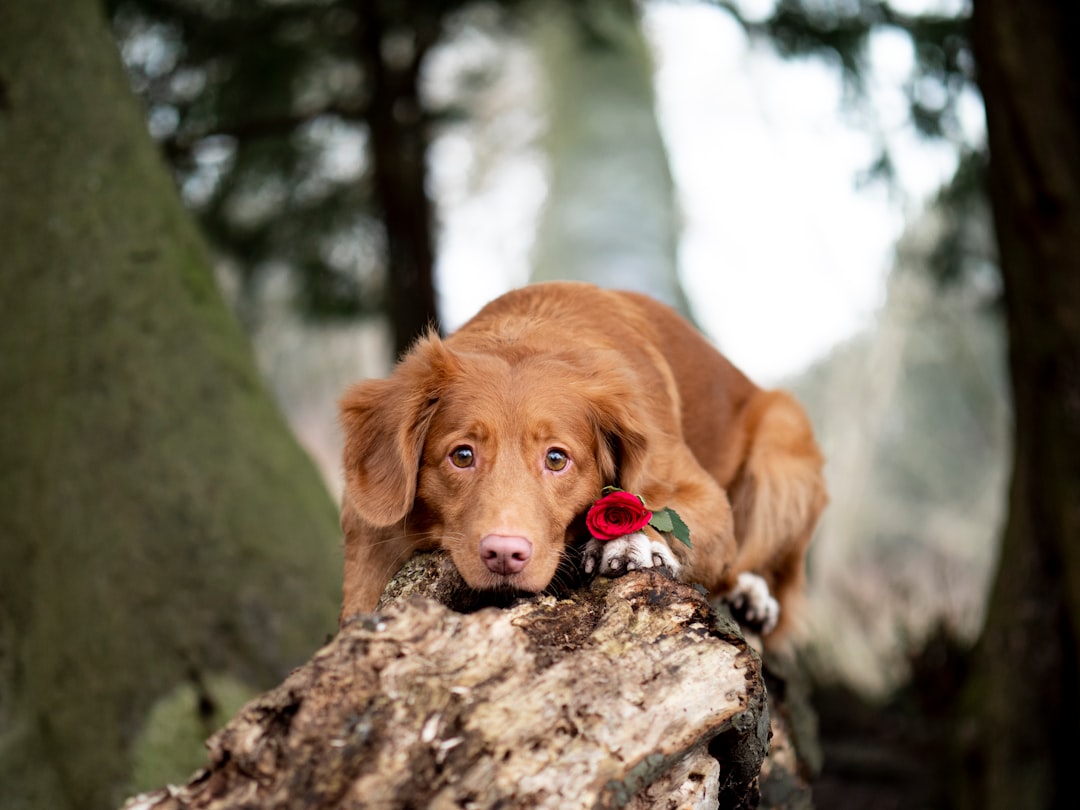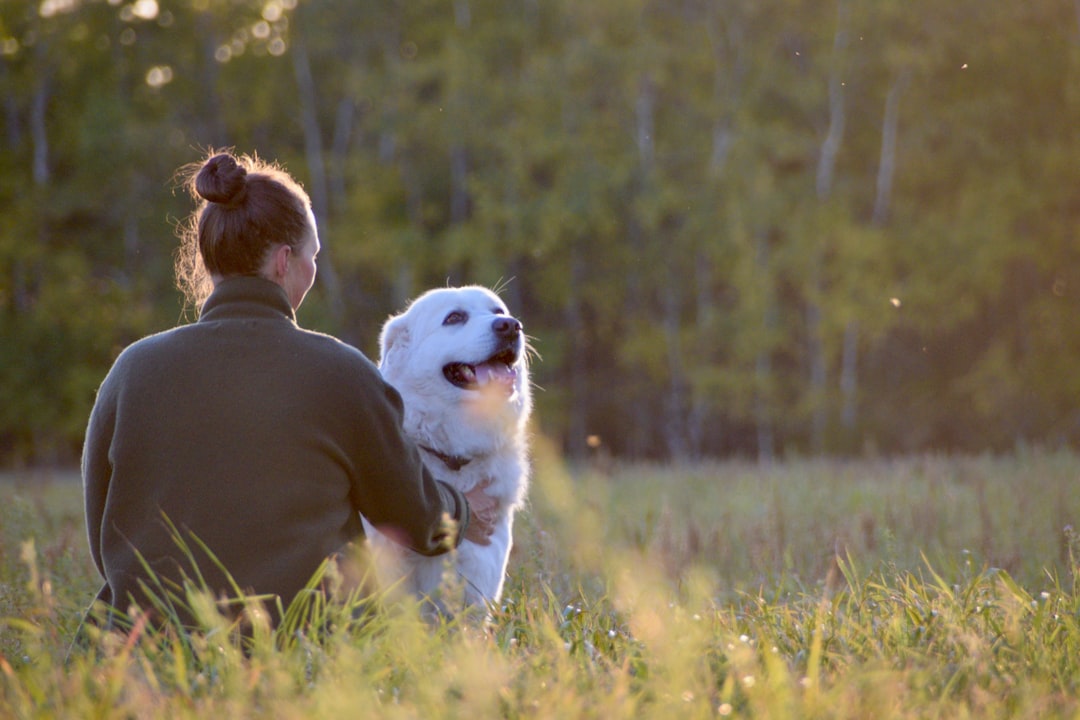For centuries, we’ve misunderstood one of the most profound forms of communication happening right under our noses. Our dogs are constantly speaking to us, but they’re doing it in a language that requires no sound at all. Their silence carries messages more meaningful than any bark or whine ever could. In a world where we’re so accustomed to verbal communication, we often miss the subtle poetry of canine body language that unfolds before us every single day. Understanding this silent dialogue can transform not just how we train our dogs, but how deeply we connect with these remarkable companions.
So let’s dive into the fascinating world where silence truly does speak louder than words.
The Foundation of Silent Communication

Most of dog communication occurs silently through body language, rather than vocalisation. Think about it: when your dog wants to tell you they’re uncomfortable with a situation, they don’t suddenly develop the ability to speak English. Instead, they rely on an intricate system of physical cues that has evolved over thousands of years.
Body language is the foundation of canine communication, where dogs use a combination of facial expressions, body postures, and movements to express their intentions, emotions, and desires. This silent language is so sophisticated that dogs can communicate complex emotions and intentions without making a single sound.
The beauty lies in its subtlety. While we humans might raise our voices to make a point, dogs perfect the art of whispered conversations through tiny ear movements, slight tail positions, and the way they hold their bodies. Dogs talk silently with deliberate body language, creating a rich tapestry of communication that we’re only beginning to fully appreciate.
Calming Signals: The Peaceful Language of Stress

Calming signals, a term conceived by Norwegian dog trainer Turid Rugaas, describe patterns of behavior used by dogs to de-escalate aggressive encounters or prevent their development completely. These aren’t random behaviors, they’re deliberate communication tools that dogs use to maintain peace and harmony.
The top three calming signals owners should watch for are lip licking, yawning, and shaking off, with the “Big Four” including scratching as well. When you notice your dog suddenly yawning despite having just woken up from a nap, or licking their lips when there’s no food around, they’re actually speaking volumes about their emotional state.
A calming signal is a way for dogs to communicate discomfort, but confusingly, these signals serve dual purposes as both stress indicators and tools to calm themselves down. It’s like having a built-in emotional regulation system that also broadcasts their feelings to anyone who knows how to listen.
Reading the Subtle Signs of Stress

Dogs rely on body language far more than sound to express emotion, and when they start feeling uneasy, you might see them lick their lips, yawn when not tired, turn their head away, or sniff the ground. These aren’t random fidgets, they’re carefully orchestrated communications designed to prevent escalation.
Sometimes, the absence of active signals can communicate as much as active signals, such as a dog that is not eating treats, avoiding people, or freezing when approached, appearing “shut down”. This silence itself becomes a powerful statement about their emotional state.
Context becomes crucial here. You wouldn’t worry about lip-licking after feeding peanut butter, but if your dog lip licks every time they see a person carrying an umbrella, that signals a need for desensitization work. The silence speaks differently depending on the circumstances surrounding it.
The Power of Active Silence in Human-Dog Relationships

Active silence involves sharing moments with your dog doing something without speaking or giving commands, where you’re aware of what your dog is doing and your dog is aware of what you’re doing. This mutual awareness creates a different kind of bond than constant chatter and direction.
Dogs can struggle to understand which words to pay attention to when we speak in sentences, potentially leading them to ignore constant chatter, but practicing active silence can help us become better communicators. Sometimes the most profound conversations happen without any words at all.
During these silent moments, something magical happens. You watch your dog air sniff, stand still to listen to sounds you cannot hear, and show interest in these things not with words, but by pausing in solidarity, becoming interested in what they’re interested in. This creates a partnership based on mutual respect rather than constant instruction.
When Silence Becomes a Warning

Aggressive body postures or vocalizations are often warning signals, and the dog’s behavior may never escalate to a bite, such as when a dog stiffens, growls, or shows teeth when uncomfortable with someone approaching their rawhide. The silence before these warnings can be just as significant as the warnings themselves.
Growling is communication, not defiance, and punishing these warning signs teaches dogs that it’s unsafe to communicate their feelings. When we silence their ability to communicate stress, we remove their tools for peaceful conflict resolution.
Heeding the warning signals of dogs is the best way to prevent escalation of aggressive behavior. Their silence can be a gift, giving us time to read the situation and respond appropriately before things escalate. Understanding this silent communication can prevent countless conflicts and build trust between species.
Building Connection Through Silent Understanding

Communication has a direct impact on your relationship with your dog, involving the ability to connect, understand, correctly interpret and respond appropriately. When we learn to read their silent signals, we become true partners rather than just owners giving commands.
When we respond with empathy to our dogs’ early communication, we prevent conflict before it begins and show our dogs that we’re listening and that they can trust us to keep them safe, because when we listen, that’s when real understanding begins. This creates a foundation of trust that transforms the entire relationship.
If you can see what your dog is saying, how they’re feeling and what it means in any situation, you’ll be able to make appropriate choices and be a supportive partner. The silence becomes a bridge between species, allowing for deeper communication than words could ever provide.
In the end, learning to hear what our dogs say in silence opens up an entirely new dimension of relationship. Their quiet communications reveal a depth of emotional intelligence that should humble us all. When we finally learn to listen to their wordless wisdom, we discover that the most meaningful conversations often happen in complete silence.
What do you think about the power of silent communication with your dog? Have you noticed these subtle signals in your own furry companion? Tell us in the comments.

Andrew Alpin from India is the Brand Manager of Doggo digest. Andrew is an experienced content specialist and social media manager with a passion for writing. His forte includes health and wellness, Travel, Animals, and Nature. A nature nomad, Andrew is obsessed with mountains and loves high-altitude trekking. He has been on several Himalayan treks in India including the Everest Base Camp in Nepal.






